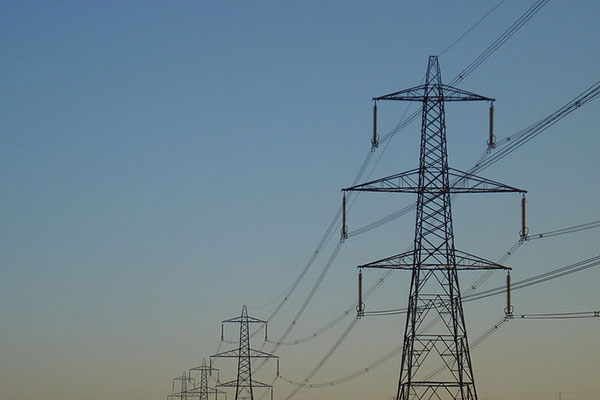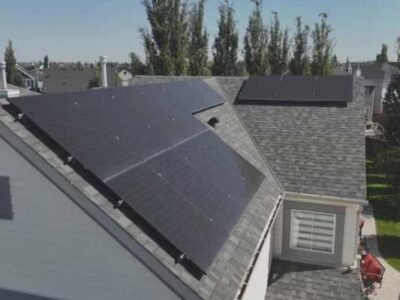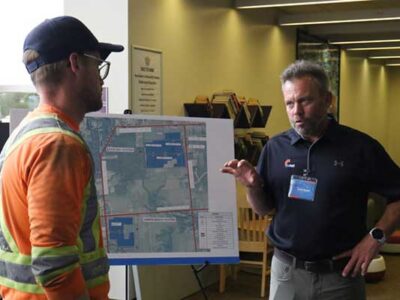The Canadian government is injecting nearly $5 million more into what is now one of the country’s largest off-grid solar projects, deep in British Columbia’s interior.
The Anahim Lake Solar Project — led by the Ulkatcho First Nation — is designed to slash diesel use in the remote community by nearly two-thirds, replacing over a million litres of fuel each year with clean, renewable power. This brings Ottawa’s total commitment to nearly $17 million. Additional funding has come from the B.C. government and Indigenous-led energy initiatives, bringing total investment close to $23 million.
Diesel Dependence
Remote communities across Canada — many of them Indigenous — have long relied on diesel generators for electricity, facing high costs, supply chain risks, and environmental harms. According to federal data, more than 200 such communities are still dependent on diesel today.
For Ulkatcho First Nation, the Anahim Lake project will cut diesel consumption by an estimated 64%, improving air quality and reducing greenhouse gas emissions. The project includes not only solar panels, but also advanced battery storage, upgraded control systems, and access roads to support ongoing maintenance.
“This is bold, community-led action,” said federal Energy and Natural Resources Minister Tim Hodgson. “It shows Canada’s ability to lead in clean energy, in partnership with Indigenous Peoples.”
BC Hydro and Indigenous Partners
BC Hydro is supporting the initiative with technical expertise in microgrid technology and battery storage. The utility says this partnership could serve as a model for similar projects across the province.
“Bringing leading-edge technology to remote stations like Anahim Lake shows how we can enable reliable, sustainable power for generations,” said BC Hydro CEO Chris O’Riley.
Al-Nashir Jamal, chairman of the Ulkatcho Group of Companies, emphasized that this project represents more than an energy transition — it’s a model for meaningful public-private-community partnerships that could be replicated across Canada.
Policy Context
Canada’s federal Clean Energy for Rural and Remote Communities (CERRC) program, which is funding part of the project, is a key tool in Ottawa’s broader push to phase out diesel in off-grid areas by 2030 — a target that aligns with national net-zero emissions goals.
The project is also part of the Investing in Canada Infrastructure Program, which aims to build greener, more resilient communities.
Perspective
As Canada looks to meet ambitious climate targets and strengthen reconciliation with Indigenous communities, the Anahim Lake Solar Project offers an example of how these goals can align on the ground. The real test will be whether similar partnerships can scale up quickly enough to meet Ottawa’s 2030 diesel phaseout goal — and ensure that remote communities are not left behind in the energy transition.









Comments